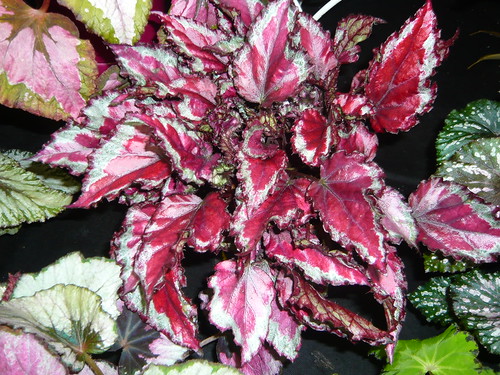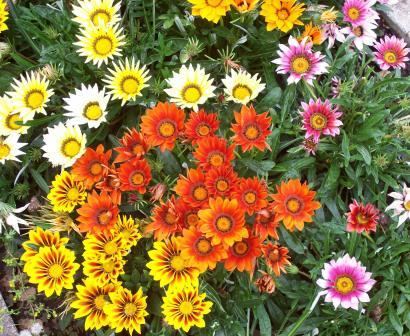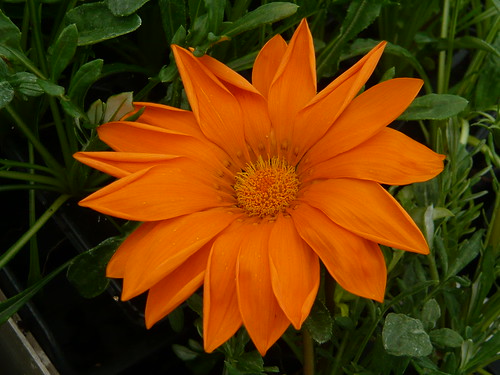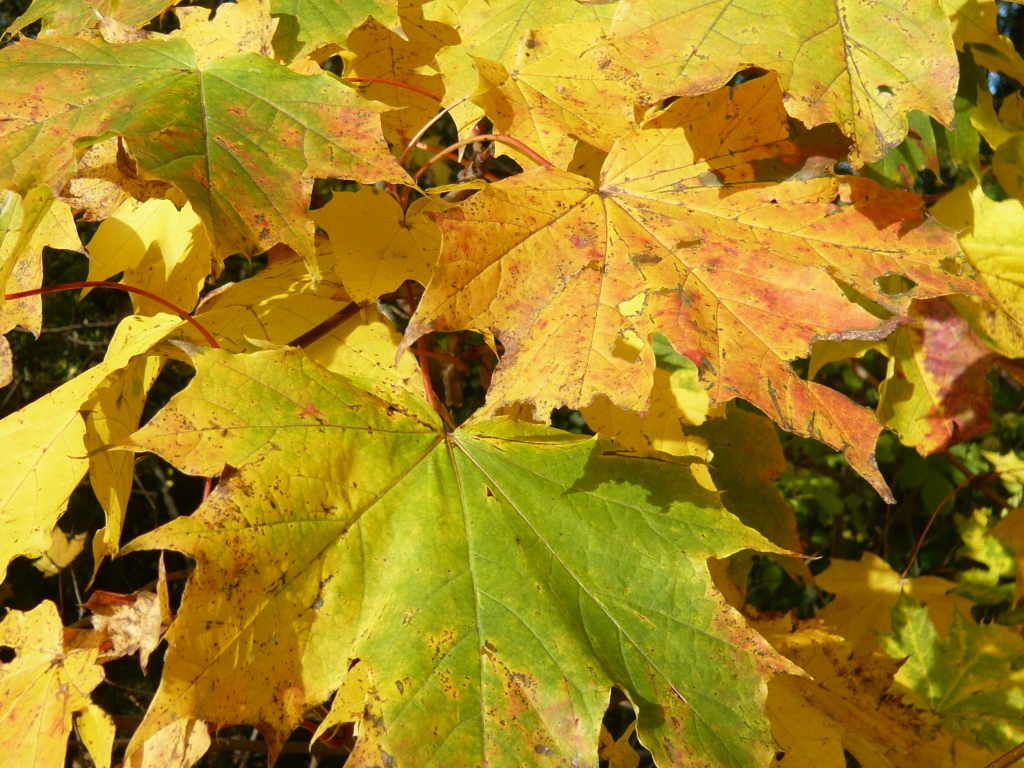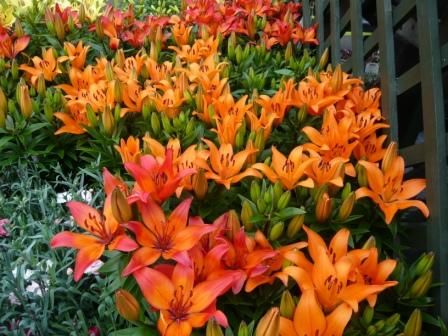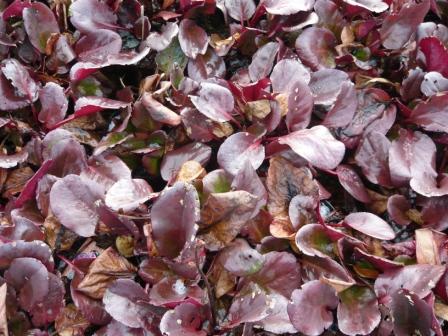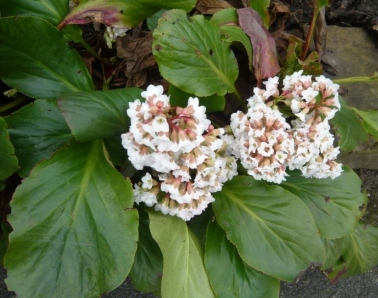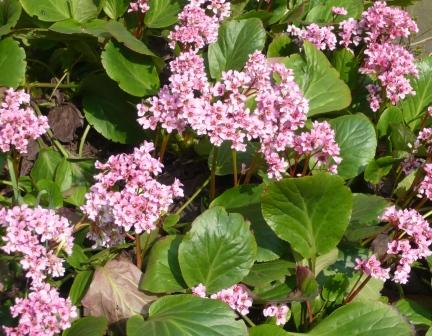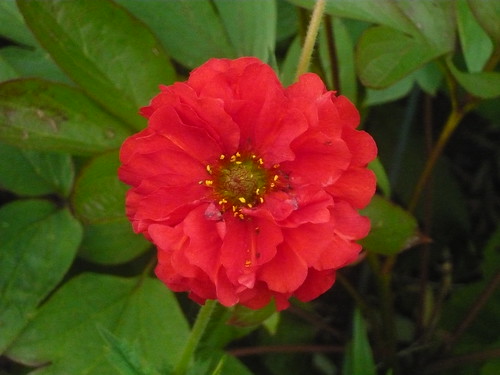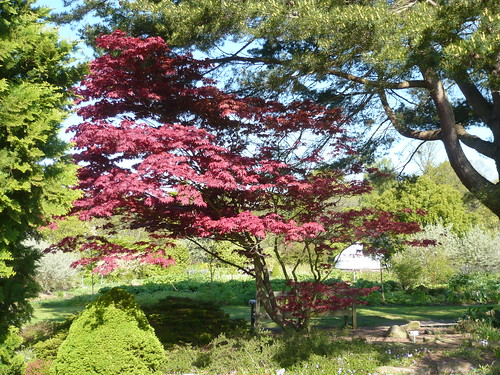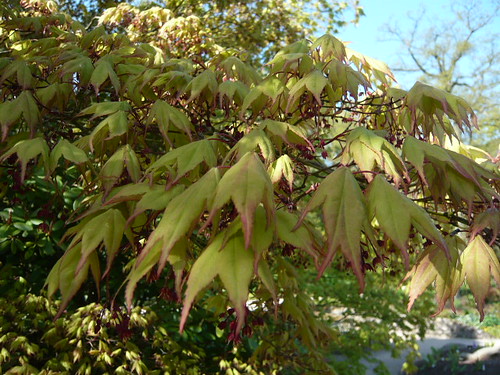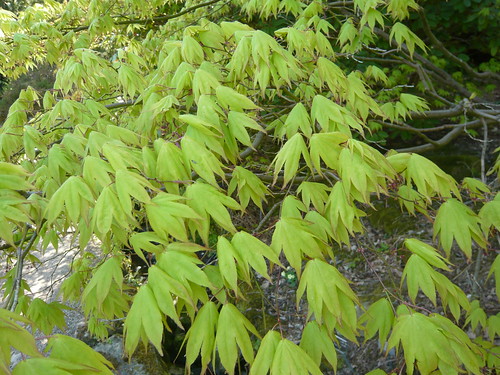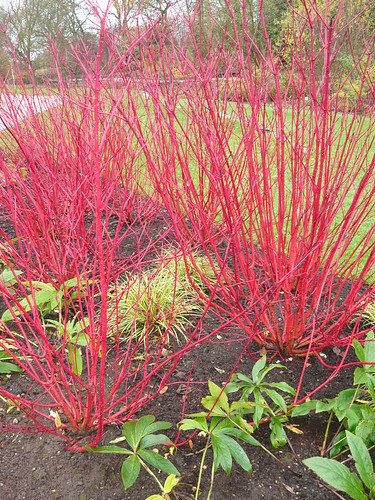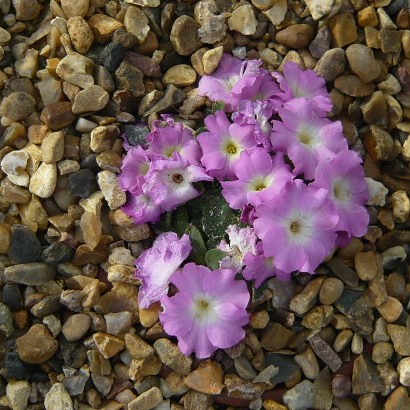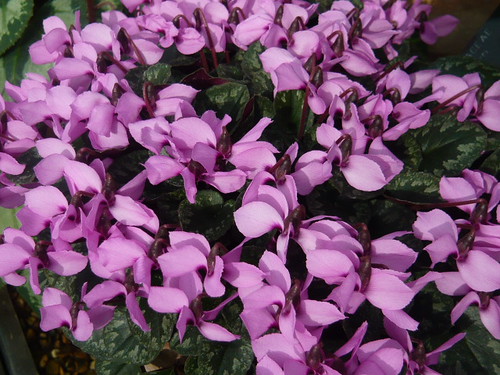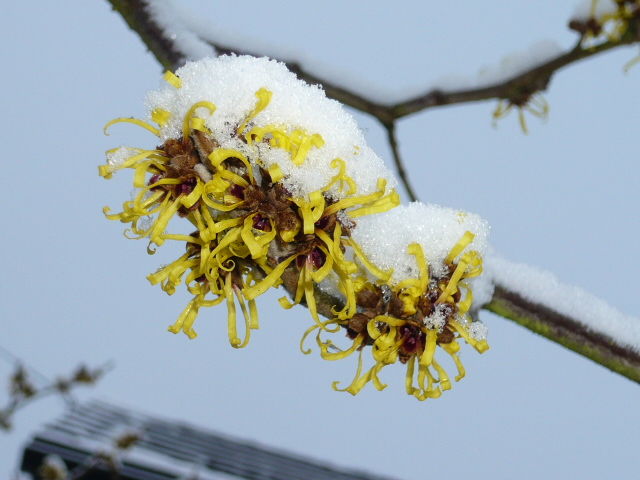Americans call it ‘Fall’ and the Brits call it ‘Autumn’ but November’s ‘Backend’ can produce a garden Bonanza.
These flowers are still showing their true colours despite all that our English weather has been able to throw at them.

You can tell the leaves know it is fall and the Cyclamen hederifolium know it is autumn and time to flower.
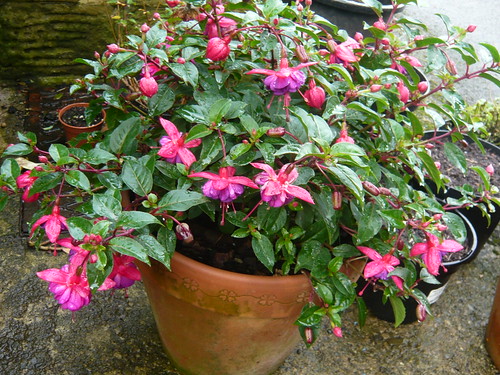
Dollar Princess was a group of Fucshias I received as cuttings. It took awhile for the flowers to arrive but the late profusion is very welcome.
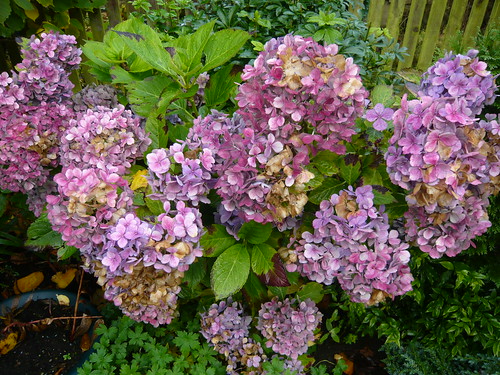
A bit over blown and beginning to loose their colour the Hydrangeas have enjoyed our wet season this year. The reward is going to be a winter windfall of flower.
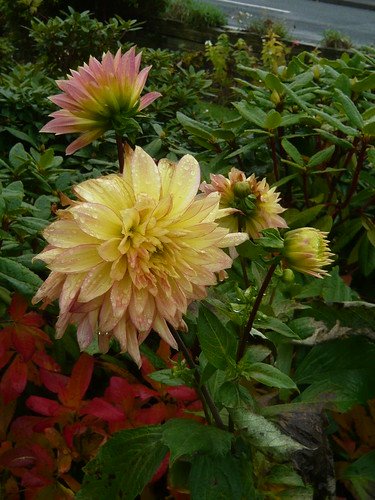
The Dahlias have also been a stroke of luck, lasting very well without as much deadheading as they should have received.
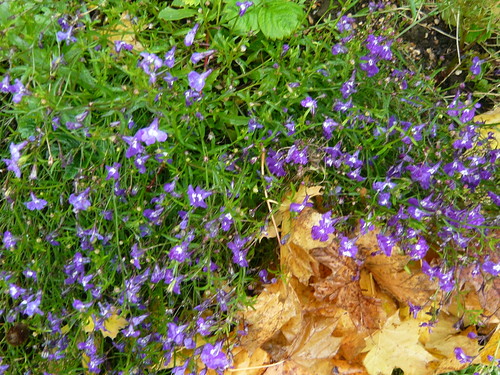
The annual Lobelia has surprised my with its deep blue colouring that has lasted all through summer. It may be the autumn light but the intensified colouring seems to have strengthened as the seasons moved on.
For next year I will try some more Lobelia seeds from Thompson & Morgan
